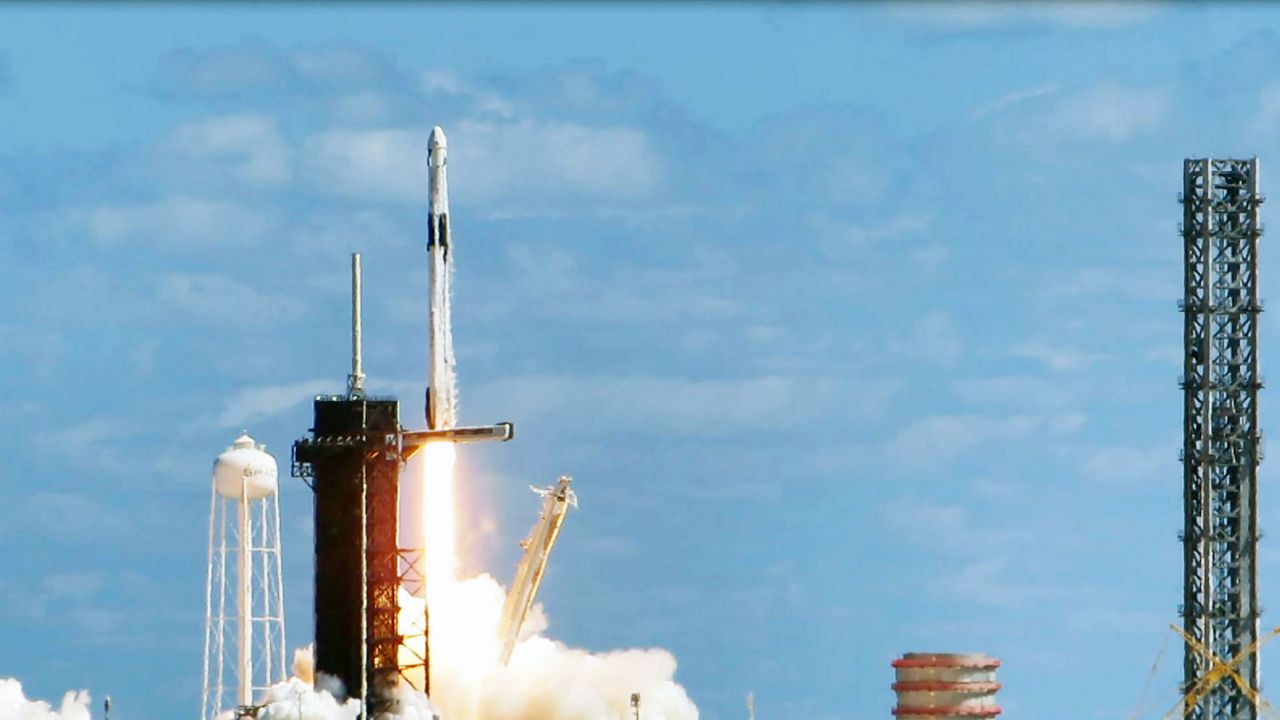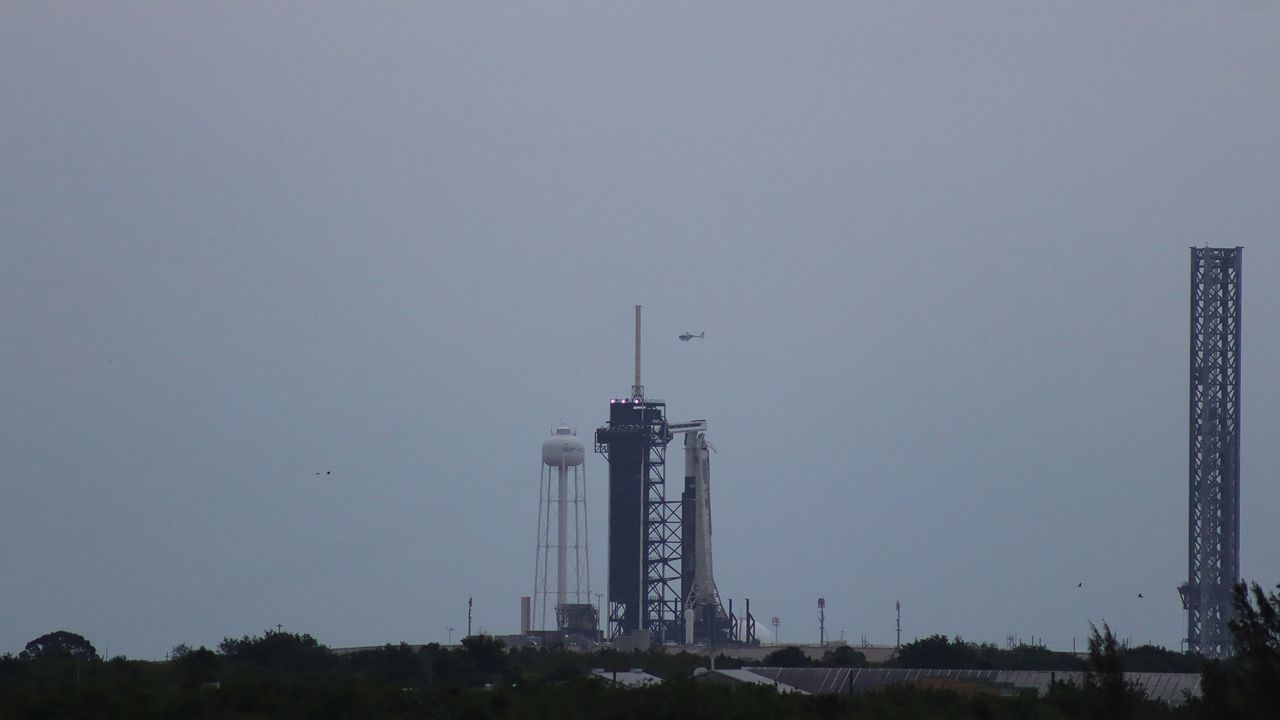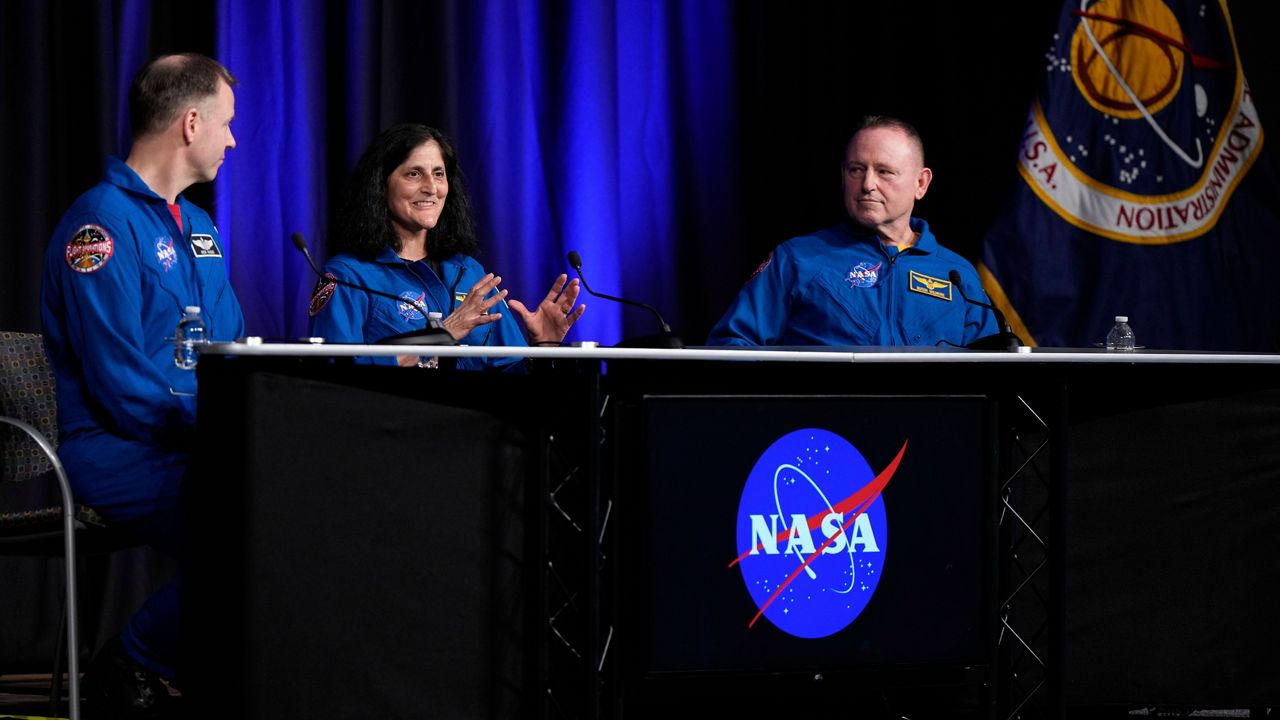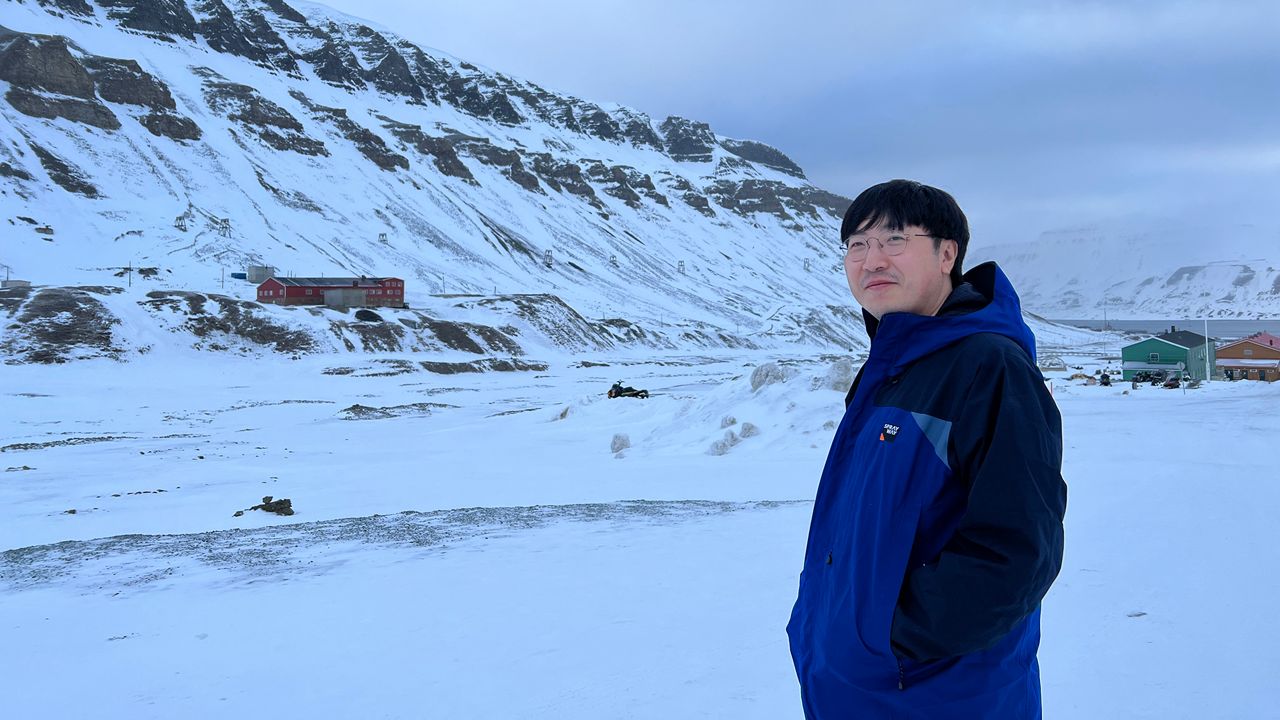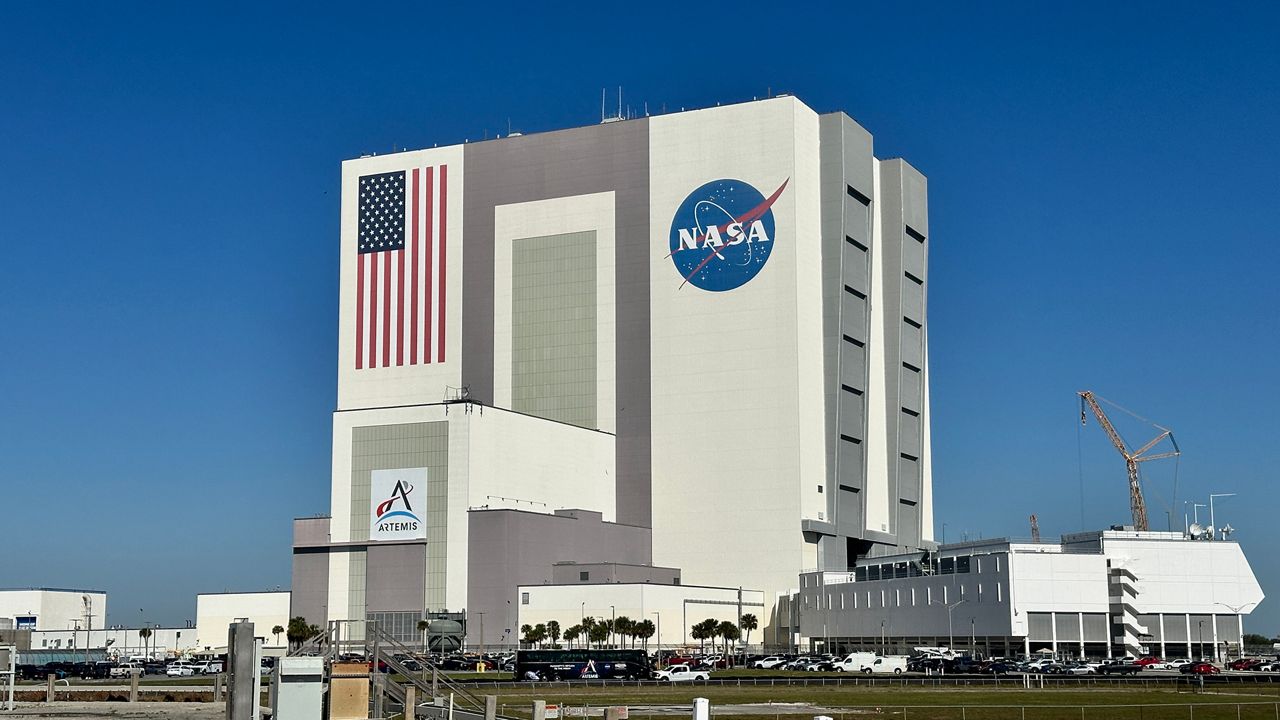KENNEDY SPACE CENTER — It took a lot of training for the four members of the NASA-SpaceX Crew-7 to prepare for their mission, especially when the Falcon 9 rocket reaches about 23 times the speed of sound.
What You Need To Know
- It takes a lot of training for astronauts to prepare for incredible speeds
- RELATED: NASA, SpaceX prepares for Crew-7 launch to ISS
Crew-7 crewmembers Jasmin Moghbeli, Andreas Mogensen, Satoshi Furukawa, and Konstantin Borisov and all of those before and after them go through a series of training to prepare to go into space and being in an alien environment: from staying in the International Space Station to doing a spacewalk in the harshness of space.
They practice in spacecraft mock-ups, going on a plane known as the Vomit Comet to experience weightless conditions and even taking a dip in the Neutral Buoyancy Laboratory (the large swimming pool). Astronauts practice all this and more to get ready for their missions and it is quite extensive.
But what prepares them for the incredible speeds of a rocket or shuttle?
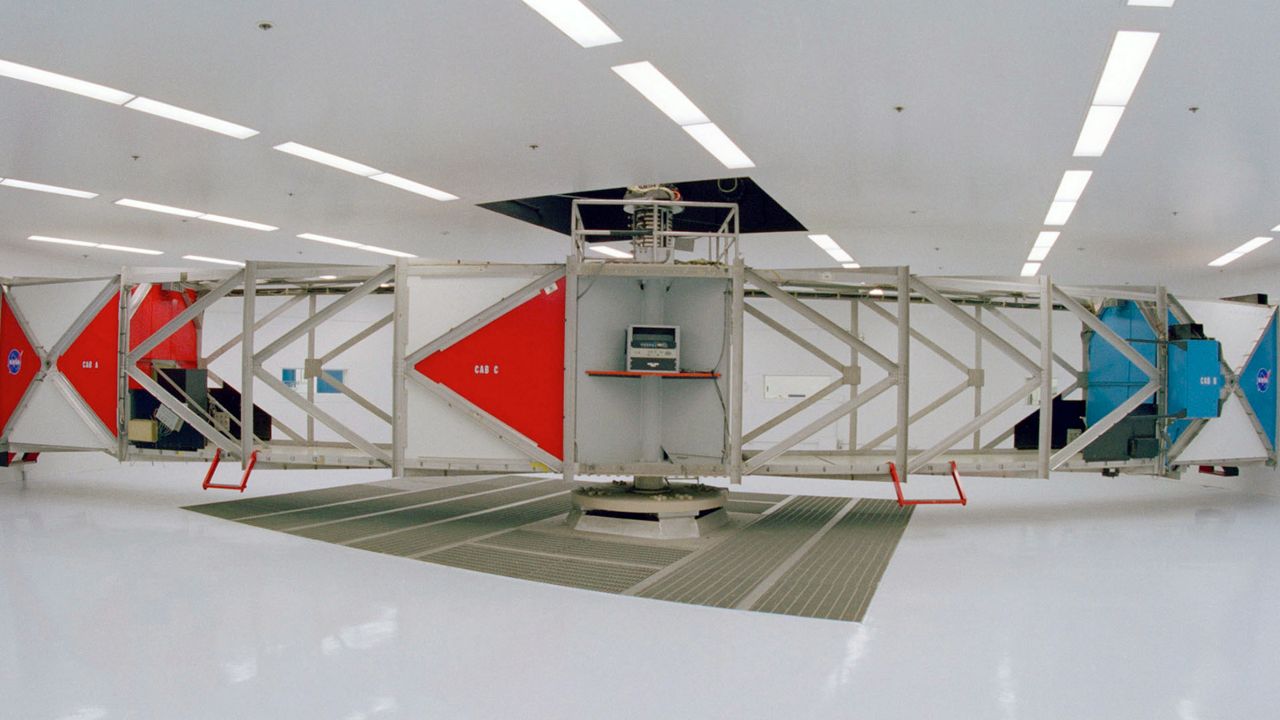
The need for speed
The Falcon 9 rocket and the Dragon spacecraft that will carry the Crew-7 members need to accelerate at about 17,500 mph to reach the International Space Station.
Steven Siceloff, the public affairs specialist at NASA’s Kennedy Space Center, stated that humans experience acceleration as G force, the increase of gravity as a person moves faster. And astronauts experience it a lot more than the average person.
“To get up to orbital velocity — 17,500 mph — a rocket fires its engines for about 12 minutes and that acceleration brings the crew up to speed, literally, without putting undue force on them,” Siceloff explained to Spectrum News in an interview.
NASA prepares its astronauts for G forces by making them go through centrifuge training. They sit in a seat in a centrifuge machine (called the 20-G Centrifuge) that spins them at a high speed to simulate increased gravity, stated Siceloff.
It is the same principle as going on a carnival ride that spins really fast to the point you are pinned to the wall but you do not fall down. According to NASA, most carnival goers experience three times the normal force of gravity.
“NASA sets its booster performance to not exceed about 3.5 Gs, which is about half of the top force a fighter pilot experiences in a tight turn,” stated Siceloff. “(Astronauts) learn techniques just like a fighter pilot to handle the increased loads.”
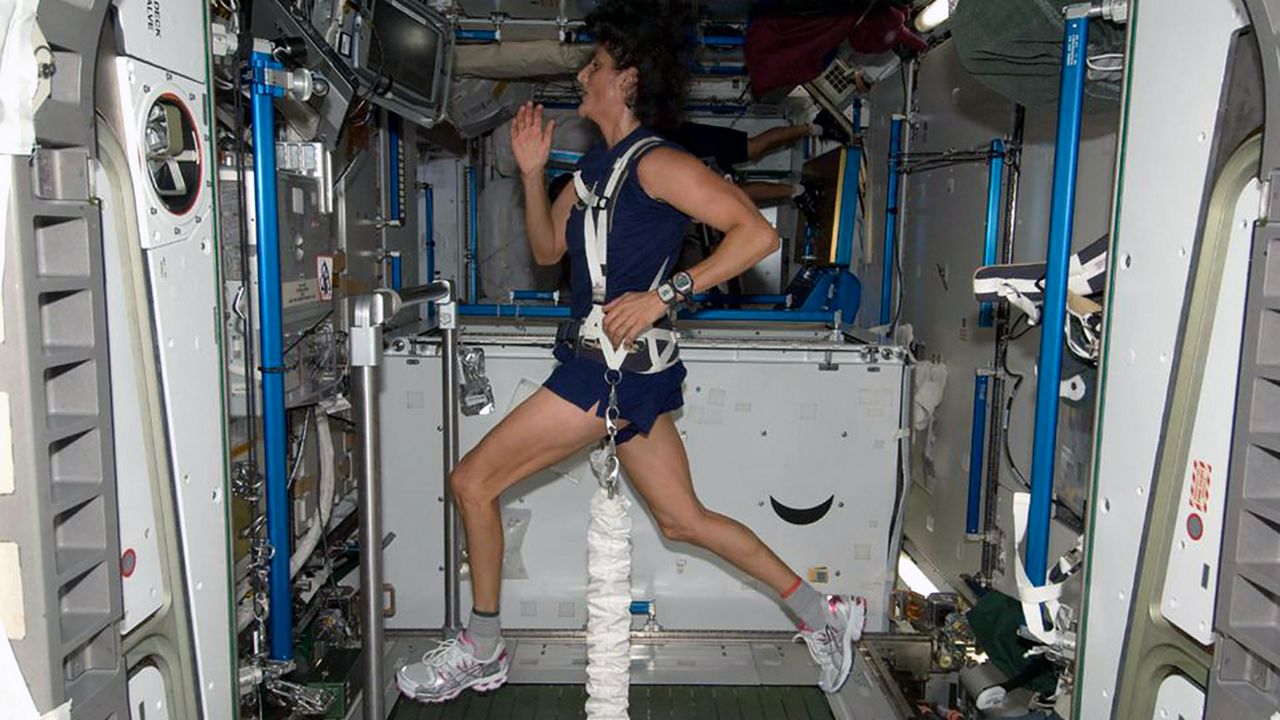
Conditioning the body for those speeds
Astronauts also must go through a lot of physical fitness to handle those speeds, according to Siceloff.
“Handling higher G loads is a function of physical fitness and astronauts are very fit people. They train daily on the ISS and on Earth to maintain fitness,” he wrote in an email to Spectrum News.
Because they have been conditioned to handle those G forces, astronauts do not usually pass out or lose their lunch during a launch, he stated.
After all, NASA has been doing this for decades, he says.
“After more than 60 years of launching people into space, NASA has a very strong catalog of experiences covering hundreds of different people. It is very well understood,” Siceloff stated.




